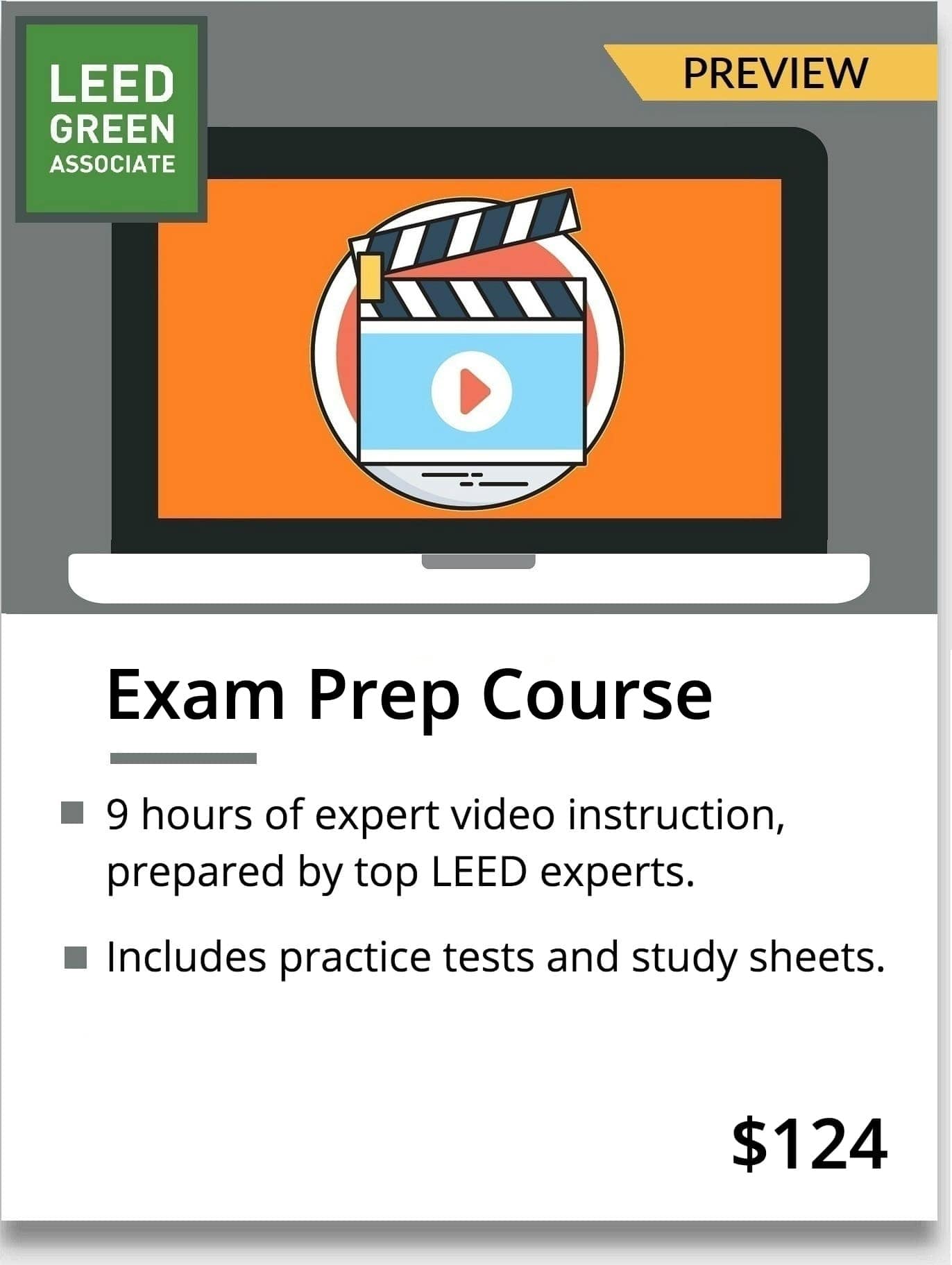saad Douglas
37 posts
Aug 19, 2025
10:36 PM

|
Leadership in Energy and Environmental Design (LEED) is a green building certification program used worldwide. Developed by the non-profit U.S. Green Building Council (USGBC), it includes a set of rating systems for the design, construction, operation, and maintenance of green buildings, homes, and neighborhoods, which aims to help building owners and operators be environmentally responsible and use resources efficiently. Visit for more information LEED Green Associate exam course

As of 2024[update] there were over 195,000 LEED-certified buildings and over 205,000 LEED-accredited professionals in 186 countries worldwide. In the US, the District of Columbia consistently leads in LEED-certified square footage per capita, followed in 2022 by the top-ranking states of Massachusetts, Illinois, New York, California, and Maryland. Outside the United States, the top-ranking countries for 2022 were Mainland China, India, Canada, Brazil, and Sweden. LEED Canada has developed a separate rating system adapted to the Canadian climate and regulations.

Many U.S. federal agencies, state and local governments require or reward LEED certification. As of 2022[update], based on certified square feet per capita, the leading five states (after the District of Columbia) were Massachusetts, Illinois, New York, California, and Maryland. Incentives can include tax credits, zoning allowances, reduced fees, and expedited permitting. Offices, healthcare-, and education-related buildings are the most frequent LEED-certified buildings in the US (over 60%), followed by warehouses, distribution centers, retail projects and multifamily dwellings (another 20%). Studies have found that for-rent LEED office spaces generally have higher rents and occupancy rates and lower capitalization rates.

LEED is a design tool rather than a performance-measurement tool and has tended to focus on energy modeling rather than actual energy consumption. It has been criticized for a point system that can lead to inappropriate design choices and the prioritization of LEED certification points over actual energy conservation; for lacking climate specificity; for not sufficiently addressing issues of climate change and extreme weather; and for not incorporating principles of a circular economy. Draft versions of LEED v5 were released for public comment in 2024, and the final version of LEED v5 is expected to appear in 2025. It may address some of the previous criticisms.
Despite concerns, LEED has been described as a "transformative force in the design and construction industry". LEED is credited with providing a framework for green building, expanding the use of green practices and products in buildings, encouraging sustainable forestry, and helping professionals to consider buildings in terms of the well-being of their occupants and as part of larger systems.
In April 1993, the U.S. Green Building Council (USGBC) was founded by Rick Fedrizzi, the head of environmental marketing at Carrier, real estate developer David Gottfried, and environmental lawyer Michael Italiano. Representatives from 60 firms and nonprofits met at the American Institute of Architects to discuss organizing within the building industry to support green building and develop a green building rating system. Also influential early on was architect Bob Berkebile.
Fedrizzi served as the volunteer founding chair of USGBC from 1993 to 2004, and became its CEO as of 2004. As of November 4, 2016, he was succeeded as president and CEO of USGBC by Mahesh Ramanujam. Ramanujam served as CEO until 2021. Peter Templeton became interim president and CEO of USGBC as of November 1, 2021.
A key player in developing the Leadership in Energy and Environmental Design (LEED) green certification program was Natural Resources Defense Council (NRDC) senior scientist Robert K. Watson. It was Watson, sometimes referred to as the "Founding Father of LEED", who created the acronym.
Over two decades, Watson led a broad-based consensus process, bringing together non-profit organizations, government agencies, architects, engineers, developers, builders, product manufacturers and other industry leaders. The original planning group consisted of Watson, Mike Italiano, architect Bill Reed (founding LEED Technical Committee co-chair 1994–2003), architect Sandy Mendler, builder Gerard Heiber and engineer Richard Bourne.
Tom Paladino and Lynne Barker (formerly King) co-chaired the LEED Pilot Committee from 1996–2001. Scot Horst chaired the LEED Steering Committee beginning in 2005 and was deeply involved in the development of LEED 2009. Joel Ann Todd took over as chair of the steering committee from 2009 to 2013, working to develop LEED v4, and introducing social equity credits. Other steering committee chairs include Chris Schaffner (2019) and Jennifer Sanguinetti (2020). Chairs of the USGBC's Energy and Atmosphere Technical Advisory Group for LEED technology have included Gregory Kats.
The LEED initiative has been strongly supported by the USGBC Board of Directors, including Chair of the Board of Directors Steven Winter (1999–2003). The current chair of the Board of Directors is Anyeley Hallová (2023).
LEED has grown from one standard for new construction to a comprehensive system of interrelated standards covering aspects from the design and construction to the maintenance and operation of buildings. LEED has also grown from six committee volunteers to an organization of 122,626 volunteers, professionals and staff.
As of 2023[update], more than 185,000 LEED projects representing over 28 billion square feet (2.6×10 9 m2) have been proposed worldwide, and more than 105,000 projects representing over 12 billion square feet (1.1×10 9 m2) have been certified in 185 countries.
However, lumber, chemical and plastics trade groups have lobbied to weaken the application of LEED guidelines in several southern states. In 2013, the states of Alabama, Georgia and Mississippi effectively banned the use of LEED in new public buildings, in favor of other industry
|